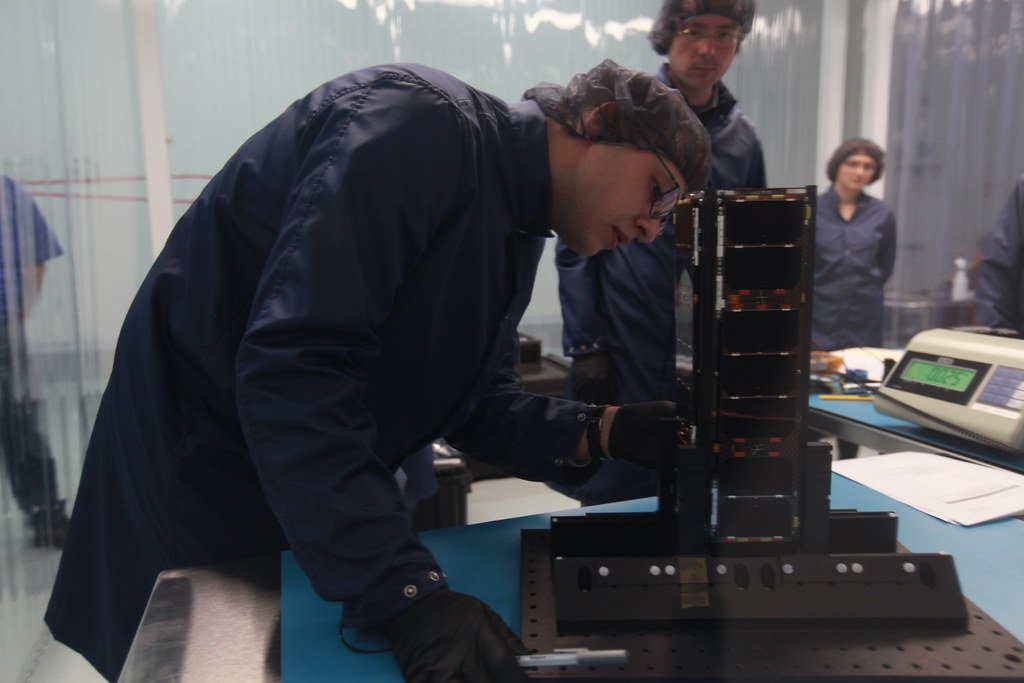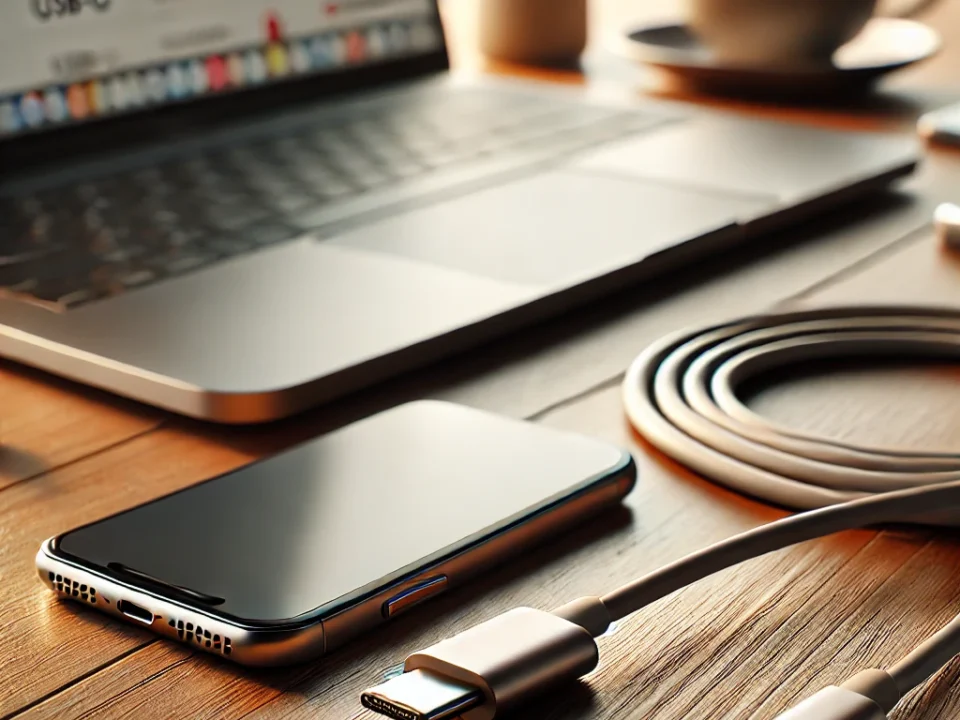
USB Data Cable Testing Standards: Ensuring Quality and Performance
2024-12-17
USB4 Released: Why It Only Supports Type-C and What It Means for You
2024-12-18Introduction to USB 4
The introduction of USB 4 is a major step forward for the data cable industry. It builds on the foundation of earlier USB standards. Officially announced by the USB Implementers Forum (USB-IF), USB 4 aims to unify USB ecosystems. It also improves data transfer speeds and overall functionality.
USB 4 supports data transfer rates of up to 40 Gbps. This is double the speed of its predecessor, USB 3.2. The increased speed enables faster file transfers, high-definition video streaming, and better performance for connected devices.






To unlock the full potential of USB 4, the USB4 5A 8K PD240W Type-C Data Cable is a great option. It supports 40 Gbps data transfer, 8K video output, and up to 240W power delivery. This makes it perfect for power-hungry devices and high-performance setups. Built with durability and advanced features, it ensures top performance for USB 4-enabled devices.
USB 4 incorporates the Thunderbolt 3 protocol, creating a more versatile connectivity landscape. This integration ensures smooth operation with laptops, monitors, and external storage devices. It also supports multiple data and display protocols, allowing flexible bandwidth allocation across connected devices. Unlike earlier standards, it eliminates bandwidth splitting issues that often caused bottlenecks.
Compatibility is a key feature of USB 4. It works seamlessly with USB 2.0, USB 3.0, and USB 3.1. This ensures that existing devices and cables remain functional. The backward compatibility makes the transition to USB 4 smoother and reduces concerns about obsolescence. Tech giants like Intel, Apple, and others are actively promoting USB 4 to speed up its adoption in consumer electronics and industrial sectors. With the potential to transform the data cable industry, USB 4 will redefine connectivity for many devices.
Performance Enhancements and Capabilities
USB 4 brings significant performance improvements that will transform the data cable industry. Its standout feature is a data transfer speed of up to 40 Gbps, doubling the maximum throughput of USB 3.2. This allows for faster file transfers, smoother video streaming, and better cloud storage access. The high-speed performance benefits consumers and has broad implications for industries like media production, healthcare, and technology, all of which rely on efficient data management.
To fully experience these advancements, the USB4 5A 8K PD240W Type-C Data Cable is essential. Designed for top performance, this cable supports ultra-fast 40 Gbps data transfer, stunning 8K video resolution, and up to 240W power delivery. It’s perfect for demanding tasks and power-hungry devices. Whether you’re a professional requiring seamless connectivity or a tech enthusiast seeking peak performance, this cable offers reliability and speed for all USB 4-enabled devices.
In addition to speed, USB 4 supports a range of data types simultaneously. This means that users can transfer data, video, and power through a single cable. The integration of data transfer with video and power delivery allows for streamlined usage, reducing the clutter of multiple cables and enhancing overall user experience. For instance, a single USB 4 connection can support high-resolution displays while simultaneously charging devices, a feature that is particularly beneficial for professionals in graphic design, video editing, and gaming who require high-caliber performance without interruptions.
The versatility of USB 4 extends to various use cases across multiple sectors. In the consumer electronics arena, it means faster charging times for smartphones and laptops, which enhances user convenience. In professional settings, such as in medical imaging or high-performance computing, USB 4 could facilitate quicker data exchange between devices, boosting overall productivity. As industries adopt this technology, its enhanced capabilities are likely to lead to further innovations in data management and device interoperability. Overall, the performance enhancements associated with USB 4 promise to revolutionize not just the personal user experience, but also the operational efficiency in various fields.
Impact on the Data Cable Industry
The introduction of USB 4 represents a significant milestone in the evolution of data cables, potentially revolutionizing the industry as we know it. This new standard promises to streamline cable designs and functionalities, establishing a uniform framework that may phase out various legacy connection types. Currently, the data cable market showcases a myriad of formats, each serving different devices and applications; however, USB 4 could consolidate these formats into a single, versatile option that caters to a wide array of devices.
As manufacturers prepare for this transition, the product development landscape is set to undergo transformative changes. Companies will be required to innovate their designs to incorporate USB 4 technology effectively while maintaining compatibility with existing products. This shift necessitates a re-evaluation of production processes, designs, and marketing strategies to promote a seamless transition for consumers. The standardization that USB 4 offers not only enhances compatibility across devices but also simplifies consumer choices, ultimately leading to greater market efficiency.
Despite its promising benefits, the transition to USB 4 is likely to face challenges. Manufacturers relying on older technologies may resist due to the significant cost of retooling production lines. Consumers who have invested in previous cable technologies may also hesitate, especially if they see USB 4 as an unnecessary upgrade. Clear communication and education on USB 4’s advantages will be key to overcoming resistance and ensuring smooth adoption.
In conclusion, USB 4 will profoundly impact the data cable industry, redefining market structures, enhancing product interoperability, and introducing new challenges that must be addressed for a successful transition.
Future Trends and Consumer Considerations
The advent of USB 4 is set to reshape the data cable industry, ushering in a new era of speed and versatility. As consumers demand seamless connectivity, the need for faster data transfer and efficient charging solutions grows. With USB 4 offering speeds up to 40 Gbps, consumers will seek products that match these capabilities, making it essential for manufacturers to adapt.
The shift to USB 4 is expected to drive innovation in the connectivity space. We may see new devices that fully leverage USB 4’s capabilities, including enhanced power delivery and support for multiple protocols. This transformation will extend beyond data cables to include peripherals like docking stations, external storage, and gaming accessories, improving the overall user experience.
For consumers, staying informed about technological advancements is crucial. As USB 4 becomes more widespread, purchasing decisions should consider compatibility and future-proofing. Investing in high-quality data cables and devices that support USB 4 will allow users to take full advantage of its enhanced features. Additionally, understanding the differences between USB types, like USB 3.2, USB-A, and USB-C, will help users make informed choices.
In today’s rapidly evolving digital landscape, it’s crucial to be discerning when evaluating data cables and related electronics. Understanding product specifications and adapting to new standards like USB 4 ensures optimal performance and long-term usability, paving the way for more efficient and user-friendly connectivity in the future.
Related Products:USB4 5A 8K PD240W type-c data cable Thunderbolt 4 compatible USB4 PD240W 8K
Related Website:pexels.com fiverr.com anker.com







